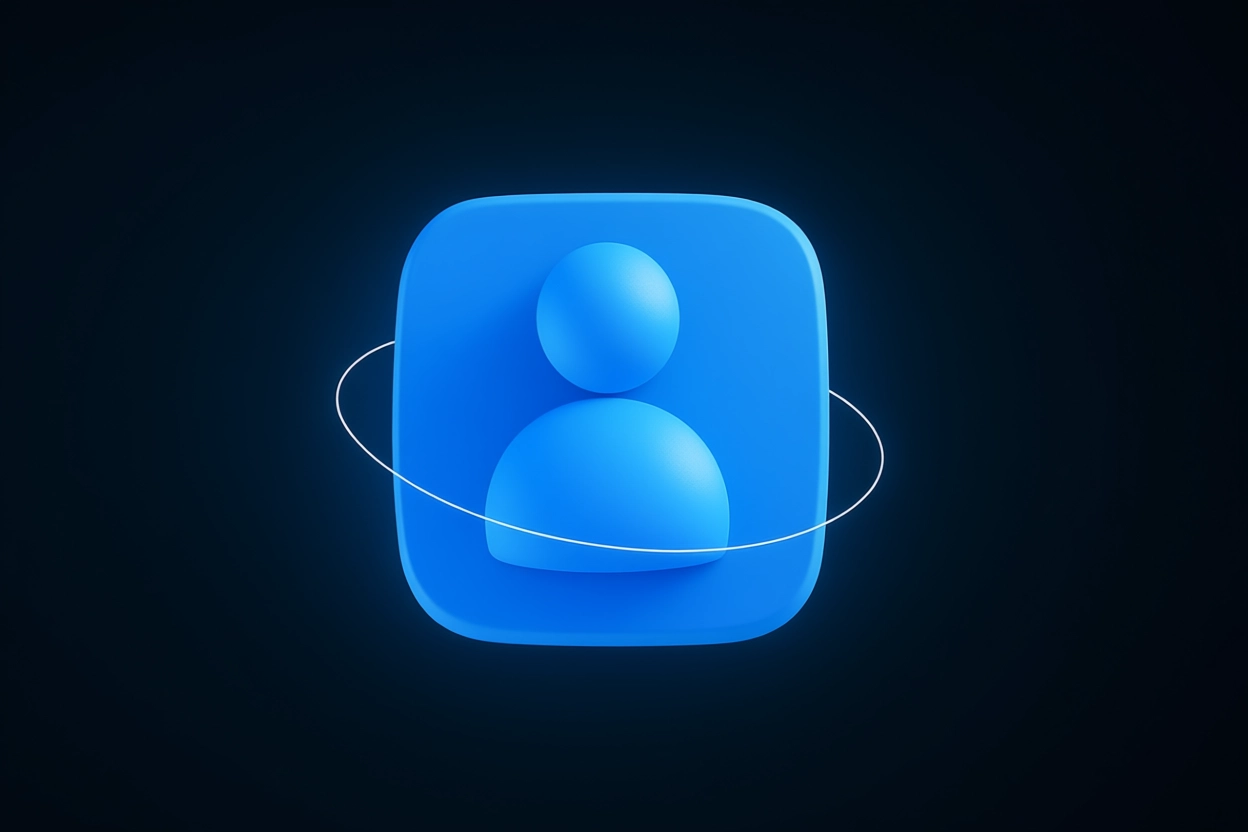The Myth of “Build It in a Weekend”
Low-code platforms promise to turn business owners into overnight developers. “Launch your SaaS in 48 hours!” - they say. And yes, you can technically build something that looks like a product. The catch? It often behaves like a prototype that escaped the lab. This is rarely the outcome of high-quality Custom Software Development.
Custom Software Development, on the other hand, is about creating digital solutions designed around your actual business - not around the limits of a template. It’s like the difference between buying a suit off the rack and having one tailored. Both cover you up, but only one fits like it was made for you (and doesn’t fall apart after two investor meetings). The investment in tailored Custom Software pays off immediately in fidelity and function.
Flexibility vs. Framework Prison
Low-code tools have frameworks, rules, and boundaries - which is great for small internal tools, proof of concepts, or MVPs. But once your product grows, those same boundaries start to choke innovation. You can’t integrate new APIs easily, can’t scale the database without hitting hidden limits, and you’re often locked into a vendor’s pricing model that grows faster than your user base. This is the antithesis of effective Custom Software Development.
Custom Software gives you full control over your architecture, scalability, and integrations. You own your stack, your data, your roadmap - and your destiny. For founders of SaaS startups, that’s not a luxury; it’s survival. That’s the core promise of choosing Custom Software Development.
The “Speed” Trap
The number one argument against Custom Software Development is speed. Sure, building a bespoke application from scratch takes longer than assembling pre-built widgets. But let’s be real - what’s the point of launching in two weeks if you spend the next six months patching limitations? Speed should never come at the expense of adaptability.
Custom-built solutions evolve with your business. Low-code tools evolve with their subscription plan. Investing in Custom Software Development upfront saves you years of painful refactoring. The strategic choice is always robust, scalable Custom Software.
Irony of Choice
Ironically, many startups use low-code tools to validate their ideas - which is smart - but then never graduate to custom solutions. They end up duct-taping plugins, hacking integrations, and begging support teams to add “one small feature” (that every other founder is also begging for). They get stuck in the prototype phase, abandoning the potential of true Custom Software Development.
If you’re serious about scaling, investor confidence, and user experience, you’ll eventually face a hard truth: Custom Software Development is not optional. It’s the foundation for long-term growth and flexibility. You need Custom Software for differentiation.
ROI: The “Cheap” That Gets Expensive
Let’s talk money, because founders love spreadsheets more than sleep. Low-code looks cheaper on paper - monthly subscription, quick launch, less engineering time. But hidden costs are where dreams go to die.
When your product starts growing and you need a new integration, a custom API, or even just a different user flow, the low-code platform politely says: “Upgrade to Enterprise Plan.” That’s the SaaS equivalent of “we need to talk.” The initial cost savings vanish when compared to the long-term ROI of Custom Software Development.
With Custom Software Development, you invest once in a foundation that’s actually yours. You don’t pay extra for every little change, and you don’t wake up one day realizing your entire business depends on a platform that can change its pricing or terms overnight. Custom Software means ownership - of code, of data, and of your future.
Sure, Custom Software may cost more upfront, but it pays back in flexibility, scalability, and the ability to pivot quickly. That’s ROI you can’t calculate in the first sprint but will absolutely feel in year two. Smart founders prioritize Custom Software Development.
Security: Who Holds the Keys?
When you use a low-code or no-code platform, you’re basically hosting your business logic, customer data, and proprietary workflows on someone else’s servers. It’s like keeping your house keys under your neighbor’s mat - convenient, but questionable. This level of risk is unacceptable when building serious Custom Software.
Custom Software Development puts the keys back in your hands. You define access levels, encryption standards, and compliance policies (GDPR, HIPAA, PCI DSS - all those fancy acronyms investors love hearing). For SaaS founders dealing with sensitive customer data or enterprise clients, control isn’t a feature - it’s a requirement. The security in dedicated Custom Software is paramount.
Besides, try explaining a data breach caused by a third-party low-code provider to your investors. Spoiler: it’s not a fun board meeting. Invest in reliable Custom Software Development.
The UX/UI Advantage
As a UX/UI designer, I’ll say it bluntly - you can’t drag and drop your way to great user experience. Low-code platforms give you components, not design thinking. They don’t understand your brand voice, your audience behavior, or your product psychology. Achieving a unique, high-conversion UX requires bespoke Custom Software.
Custom Software Development allows for strategic UX/UI - research, testing, iteration, and innovation that’s tailored to your users, not to a pre-set template. It’s how you turn a “tool” into a product experience. We advocate for high-quality Custom Software design.
In short: you can make an app look functional with low-code, but only custom design and Custom Software Development make it feel right.
Scalability and Technical Freedom
Every founder dreams of “scaling fast.” But scaling isn’t just about getting more users - it’s about whether your tech stack can survive that growth without falling apart like a Jenga tower.
Low-code platforms are great for starting small but can quickly become a straightjacket. You want to move to microservices? Sorry, not supported. You need multi-tenant architecture for enterprise clients? Please wait for our next update. This is where Custom Software excels.
Custom Software Development is built for evolution. You choose your stack, your infrastructure, your rules. Need to integrate machine learning? Add blockchain? Build a complex analytics dashboard? You can - because it’s your codebase, not someone else’s sandbox. This level of technical freedom is unique to Custom Software Development.
Startups that invest in Custom Software early avoid the painful (and expensive) migration later - when “quick fixes” turn into “total rebuilds.” If you’ve ever had to rebuild your entire app because the low-code platform hit its limits, you know exactly what that pain feels like. The future is built on robust Custom Software.
⚡️Scaling Isn’t About More Users-It’s About Better Architecture.
Contact us
When Low-Code and Custom Meet
Now, let’s be fair - Low-Code/No-Code isn’t evil. It’s just misunderstood. For MVPs, prototypes, or internal tools, they’re fantastic. They let you test hypotheses quickly and validate ideas without burning through your runway. They are a tool, not a substitute for Custom Software Development.
The smartest founders don't choose between Low-Code and Custom Software - they combine them. They use low-code for non-core systems (like admin dashboards or marketing tools) and invest in Custom Software Development for the product’s core - the unique value their startup actually sells. This hybrid approach leverages the best of both worlds, with Custom Software at the heart of the business.
Think of it like building a house: prefab for the garage, architect-designed for the main structure. You can mix - just don’t confuse “temporary scaffolding” with “final construction.” This ensures your core IP is protected by professional Custom Software Development.
👉Got a SaaS idea that deserves more than drag-and-drop?
We help founders turn vision into scalable software - designed for scale, security, and standout user experience.
The Future-Proof Choice
Technology trends change faster than your startup’s coffee machine breaks. Today it’s low-code, tomorrow it’s AI-generated everything. But one thing stays constant: businesses that control their own tech win in the long run.
Custom Software Development is your hedge against volatility. You can adapt, integrate new technologies, and scale without begging a platform for permission. It’s independence disguised as engineering. The longevity and adaptability of Custom Software cannot be overstated.
Final Thoughts
In the end, it’s ironic: the promise of “building faster with less effort” often leads founders straight back to the same conclusion - custom is king.
Low-code and no-code tools are great accelerators, but they’re not destinations. If you’re building a serious SaaS product - one that needs security, scalability, performance, and a brand-specific user experience - Custom Software Development isn’t an old-school luxury. It’s your competitive advantage.
Because while others are busy dragging and dropping their way to mediocrity, you’ll be building something that lasts - pixel by pixel, feature by feature, user by user. Custom Software is the key.
And that’s the kind of “code-free” satisfaction you can’t automate.




